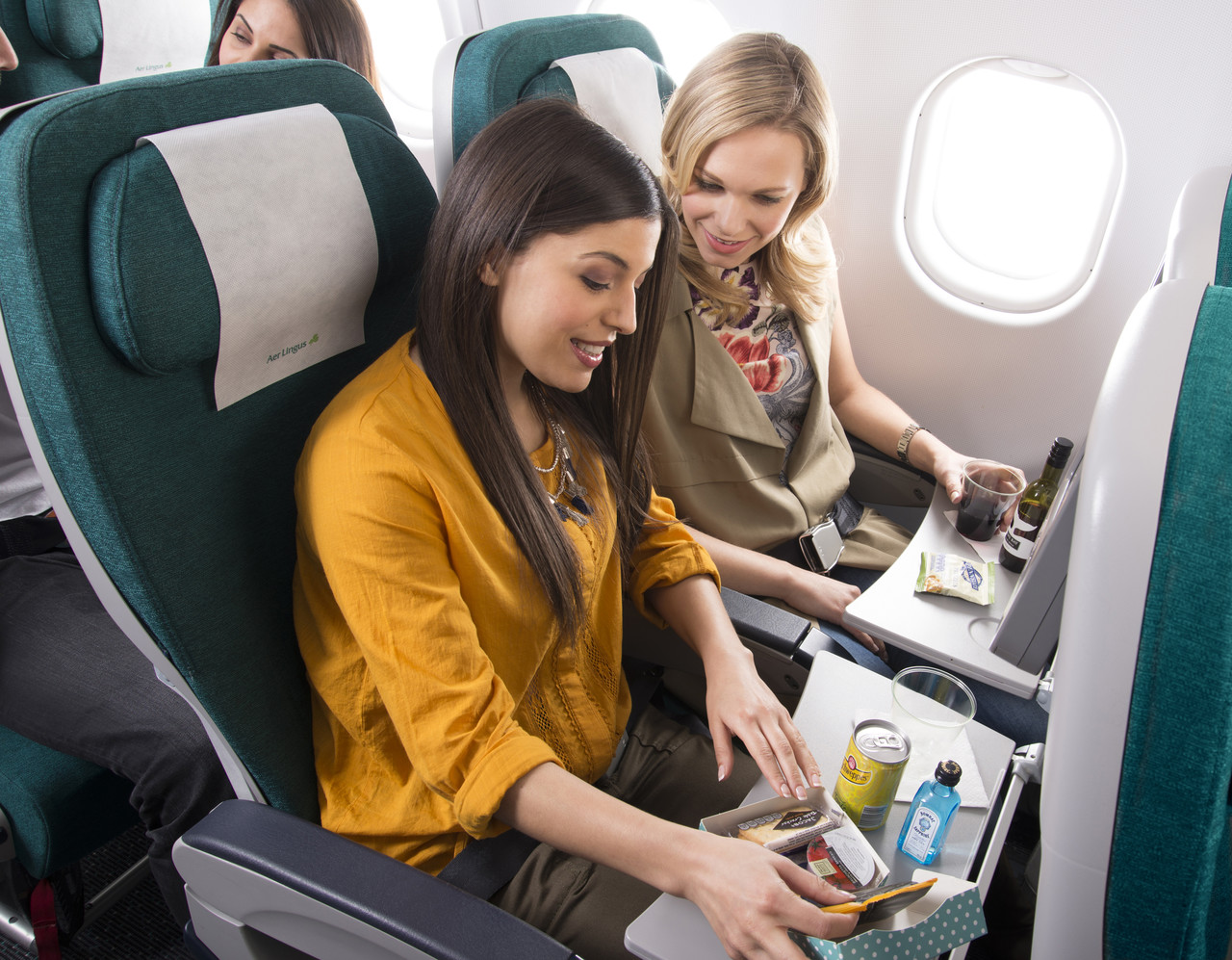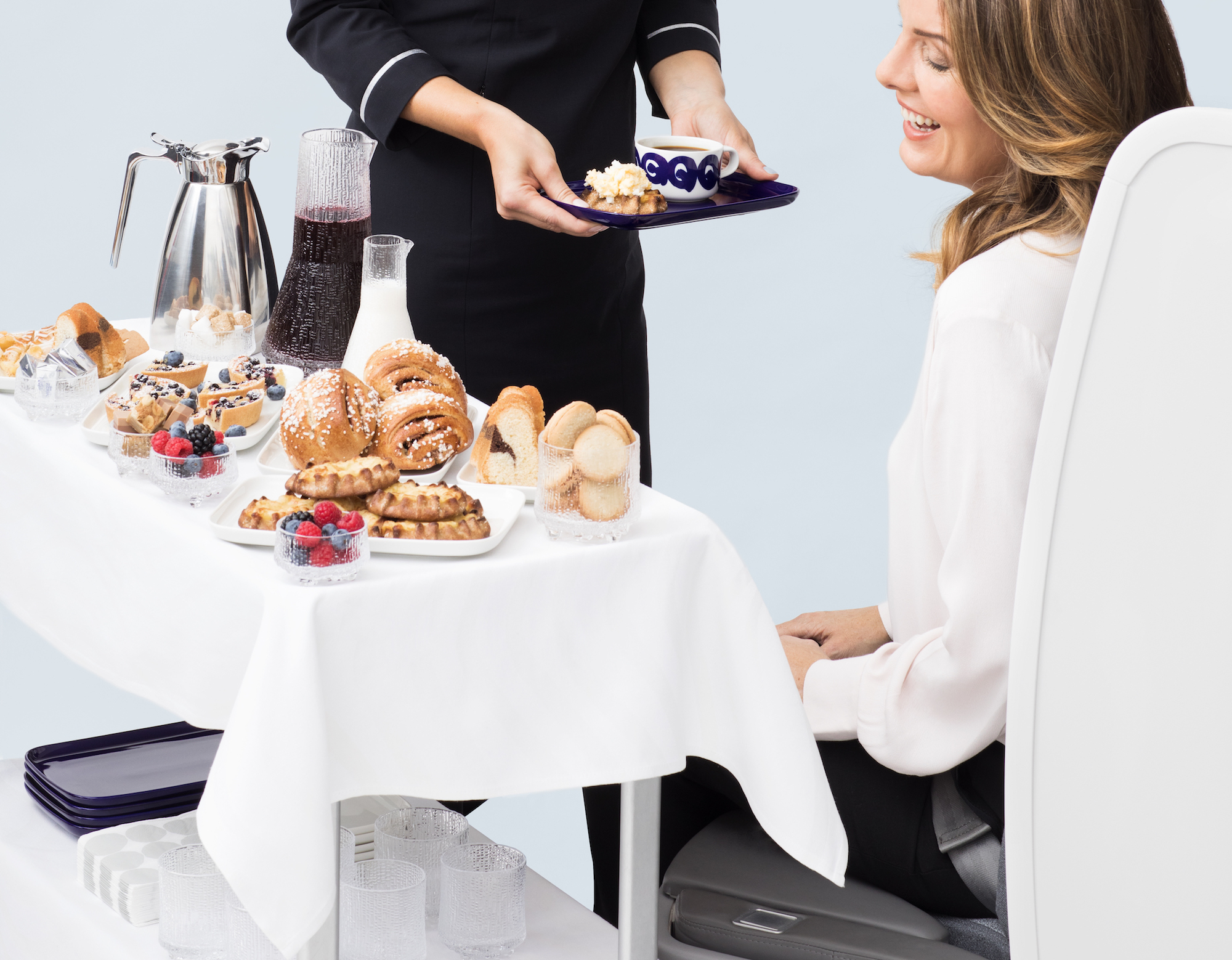The complexities of airline service provision mean that comparing passenger experience across carriers can be a difficult task. What’s a ‘good’ flight on low-cost carrier X versus full-service airline Y can mean very different things to different people as airlines often struggle to set expectations. One key big-picture way carriers are measuring their success is via the Net Promoter Score, a calculation of the proportion of passengers responding in a survey who say they are likely to recommend an airline to others.
Developed and popularised in the early 2000s, “Net Promoter Score is a standard measure for customer loyalty and satisfaction that is used across industries,” Tiina Vesterinen, Finnair’s director, customer experience development, explains to Runway Girl Network. “We at Finnair have adopted it as one of our key strategic KPIs [key performance indicators], supporting our work in the customer experience area.”
“We have set clear NPS targets and we often refer to our NPS development in our internal dialogue,” Vesterinen continues. “People know it, understand it can relate to it. NPS is widely used as a target in our people’s individual scorecards, since we feel that all Finnair people commonly contribute to the customer experience.”
Following their flight, Finnair asks passengers how likely they would be to recommend the airline to a relative, friend or colleague, on a 0-10 scale where 10 is ‘extremely likely’ and 0 is ‘not at all likely’. Ratings from 0-6 are considered ‘detractors’ and are subtracted from the scores of ‘promoters’, i.e., 9-10, with 7-8 counted as ‘passive’. The resulting NPS score, expressed as a percentage, ranges from -100% (all detractors) to 100% (all promoters).
“Our NPS target is 60% in 2020,” Vesterinen says. “We have been able to improve it substantially over the past years. In Q3 2018 our NPS was 50%.”
Aer Lingus, says Ruth Ranson, director of communications, uses the same measurement via its “Voice of the Guest” survey, and its current NPS is 44%, which she calls “an industry leading NPS which we aim to keep within 40 to 50. Aer Lingus and [parent group] IAG are committed to the NPS metric for the next five to ten years and are not considering other metrics to replace this.”
The strengths of NPS, Ranson says, “include providing a benchmark of guest satisfaction or loyalty at a given time to compare against previous time periods but also to compare against key competitors. Weaknesses could be that NPS is a macro metric and does not reveal variations by different customer segments when examined at an overall level.”
For Finnair’s part, says Vesterinen, “NPS is not our only KPI in this area. It’s strength is the view through the experience, but it doesn’t give the information on the success in the individual touchpoints or the reasons for the responses. NPS is also more volatile than some other KPIs. In addition to the NPS we look into other more detailed measures.”
But NPS as a whole is a valuable metric, she explains. “We want to look at our customer journey as whole and develop it end-to-end, not just individual touchpoints separately. Thus it is beneficial to have one strategic measure, that looks into the entire journey and the customer’s overall satisfaction and loyalty based on that journey. This way we get the big picture on where we stand in terms of customer experience, and also communicate it easily.”
Finnair and Aer Lingus use other methodologies to seek feedback to drive improvement: benchmark surveys, ad hoc surveys in particular areas, an online customer community, customer satisfaction data via digital or physical touchpoints, repeat purchase data, and more — all analysed on both macro and micro levels in terms of the entire journey and specific sections. The airlines also expect other loyalty measurements to grow, including share of wallet and customer lifetime value prediction. Artificial intelligence and predictive data will be a crucial input to these measurements.

As passengers move through understanding, acceptance, expectation and demand for self-processing, airport investments will be increasingly important for NPS. Image: Aer Lingus
Looking to the future, Tiina Vesterinen says, “a real-time view will be important. Understanding the customer’s emotions and multisensory experiences will increase in importance. We foresee that the number of feedback from our customers will increase over time, and we need to be even quicker in closing the loop and taking actions based on the feedback.”

With the vast majority of passengers traveling in economy it seems logical that a good score in this cabin means a better NPS. Image: Aer Lingus
Related Articles:
- Airlines could improve PaxEx planning using Routehappy KPI analytics
- Brand inspectors aim to maintain integrity of product and design
- SkyTeam, Star Alliance set customer service agendas for the year
- BA’s Abigail Comber finds her passion in customer service
- Customer service leads the way as airlines cope with electronics ban
- Op-Ed: Routehappy works to bring transparency to airline industry
- Opinion: Airline Customer Service 2.0 requires a break down of silos
- Crew drives passenger satisfaction more than any other factor: IATA












